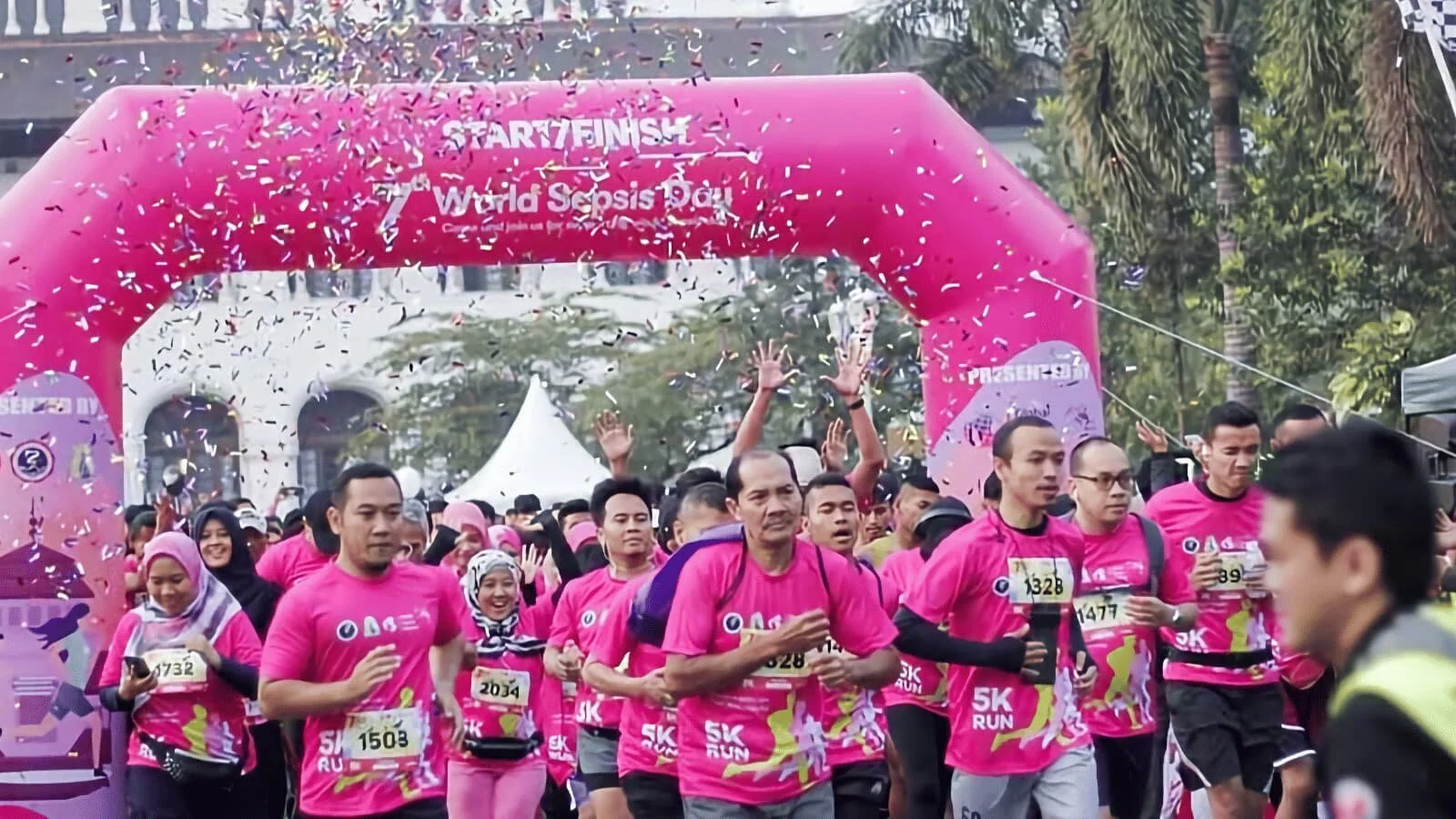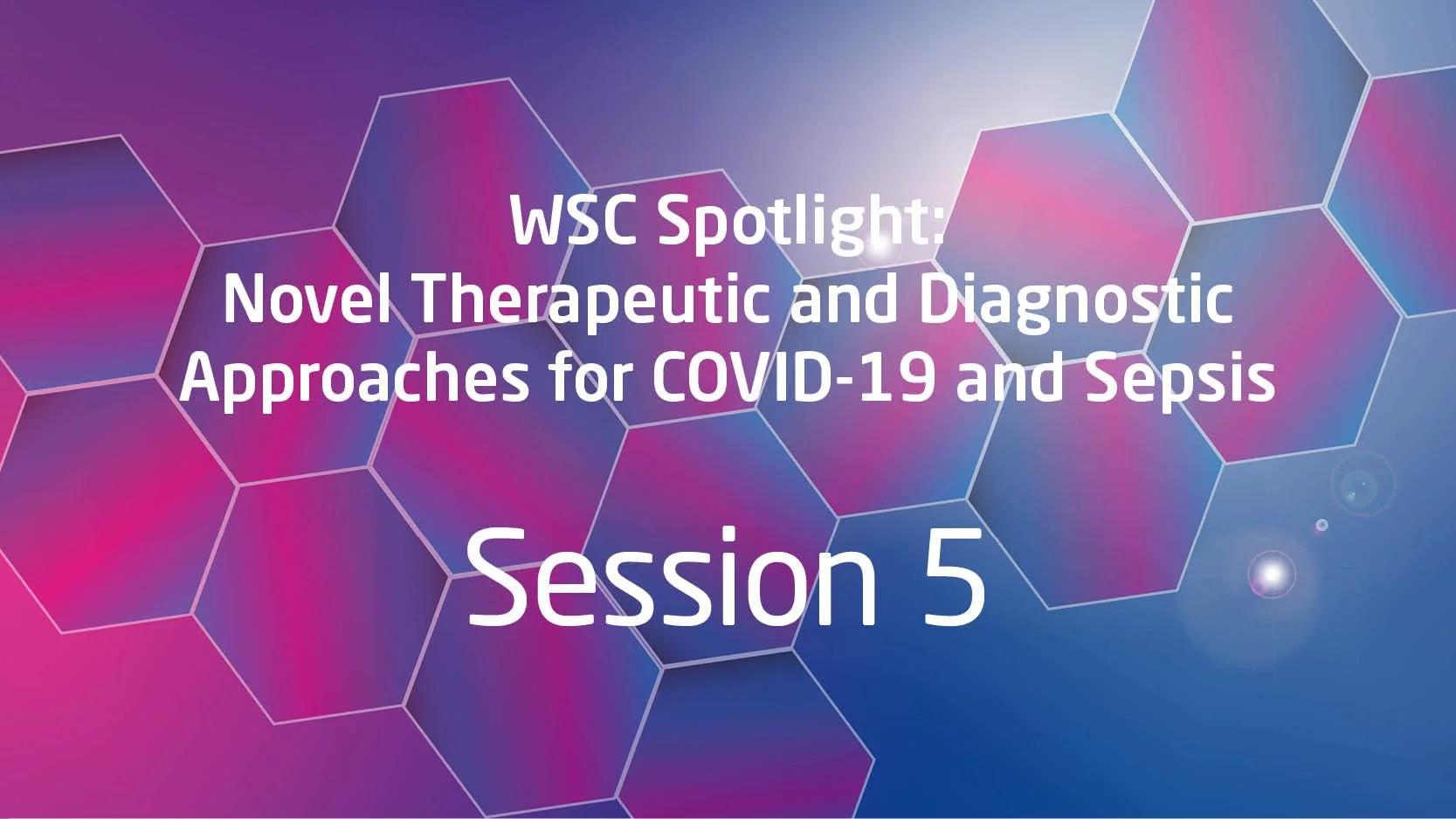Session 7 from the 2022 World Sepsis Congress Spotlight – ‘Pro-Con: Are Personalized Interventions in Sepsis Even Possible?’ – is now available on YouTube (embedded above) and as a Podcast on Apple Podcasts (just search for World Sepsis Congress in your favorite podcast app).
The session was chaired by Teresa Kortz from the University of California, and features the following presentations and speakers:
Mihai Netea – Pro: We Can Use Biomarkers to Translate Host Information Into Medical Interven- tion
Lorraine Ware – Con: It Is Impossible to Transfer Existing Evidence to Clinical Routine
Nuala Meyer – A Pragmatic Balance: Where Does Current Knowledge Lead Us?
Sessions are released weekly on Tuesdays. The next and final session will be ‘Innovations in Quality Improvement Strategies in All Settings ’ on June 21, 2022.
You can already subscribe on either platform to be automatically notified once new sessions are available.
Full Release Schedule
May 3, 2022 – S1: Could Enhanced Pathogen Diagnostics Change Sepsis Management?
May 10, 2022 – S2: Biomarkers in the Diagnosis and Management of Sepsis and COVID-19
May 17, 2022 – S3: Panel: Knowledge from COVID-19 to Improve Sepsis Care and Vice Versa
May 24, 2022 – S4: How to Make the Most of Existing and Frugal Technologies
May 31, 2022 – S5: Antibiotics and Antivirals – How to Improve Efficacy and Minimize Harm
June 7, 2022 – S6: Update on Adjunctive Sepsis and COVID-19 Therapies
June 14, 2022 – S7: Pro-Con: Are Personalized Interventions in Sepsis Even Possible?
June 21, 2022 – S8: Innovations in Quality Improvement Strategies in All Settings














